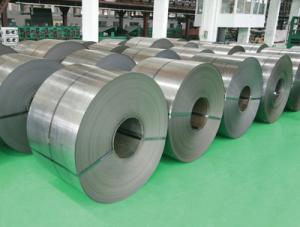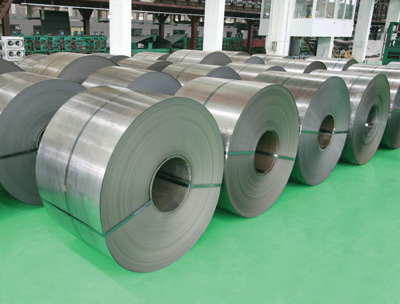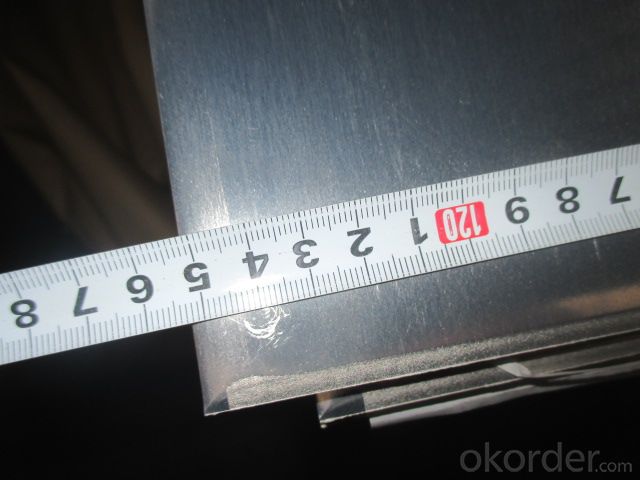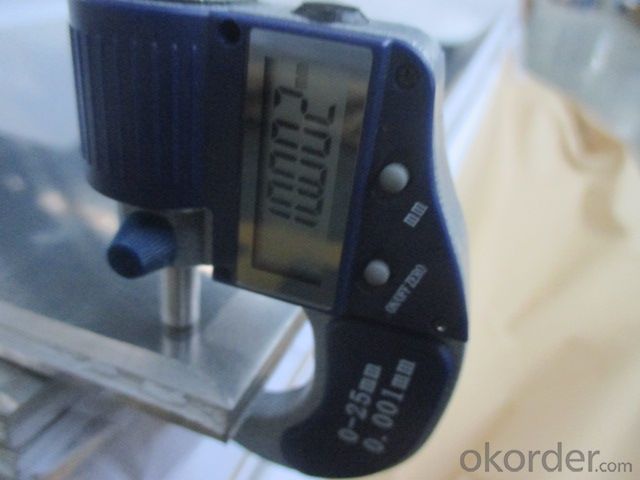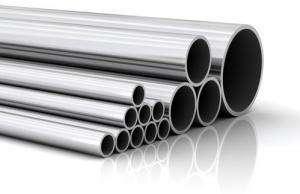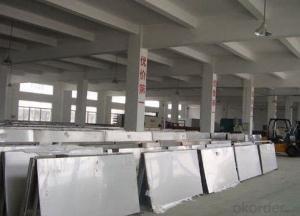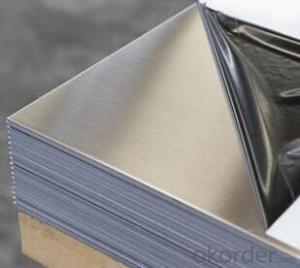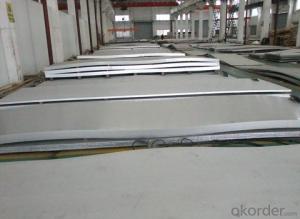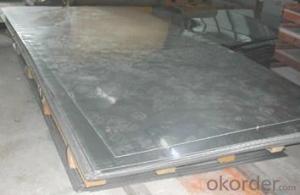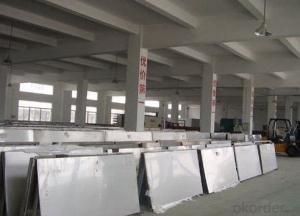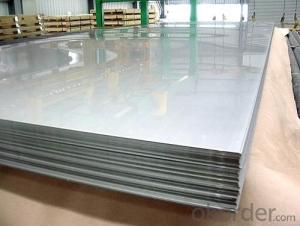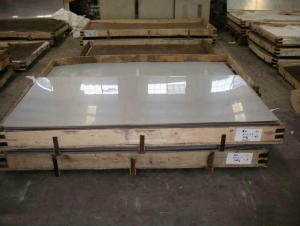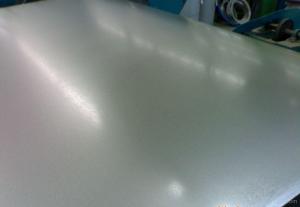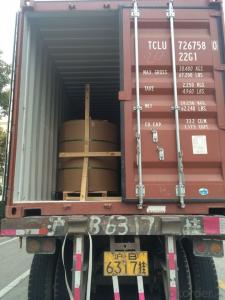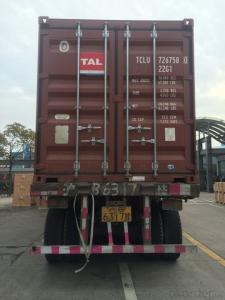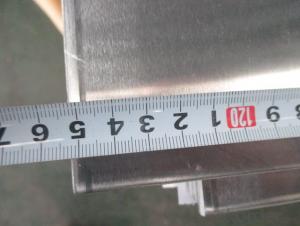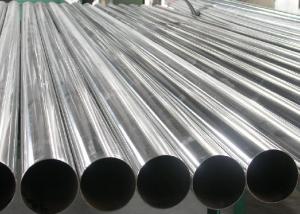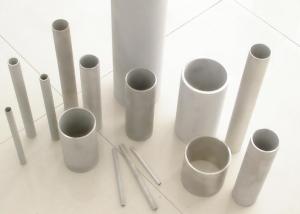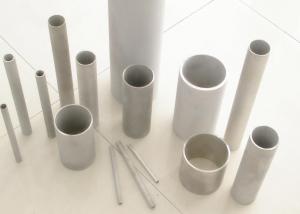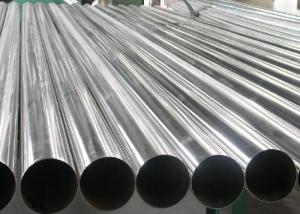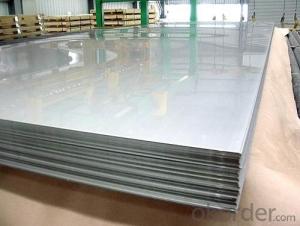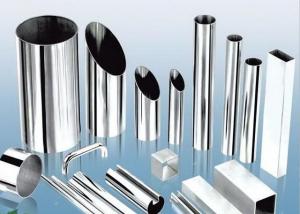Aluminum Sheet With Beat Price Stocks Warehouse
- Loading Port:
- Shanghai
- Payment Terms:
- TT or LC
- Min Order Qty:
- 8 kg
- Supply Capability:
- 2000 kg/month
OKorder Service Pledge
OKorder Financial Service
You Might Also Like
1、Structure of 304/2B STAINLESS STEEL SHEET.
STAINLESS STEEL ET IS ONE POPULAR PRODUCTS IN CHINA MARKET, IT HAVE SEVERAL DIFFERENT APPLICATIONS, SUCH AS, CONSTRUCTION, BUILDING, DECORATION, ETC.
THE GRADE ALSO SERIES, 300 SE, 400 SERIES, ETC.
Mainly applied in the industry of furniture, sports equipment, compressed containers, shipbuilding, railway and the automotive.
2、Main Features of the 304 STAINLES STEEL SHEET.
High intensity
Low welding costs.
Outstanding color compatibility after anodizing
Easy to operate. All-position welding.
Excellent corrosion resistance
Wide applicability.
Length per spool only for reference
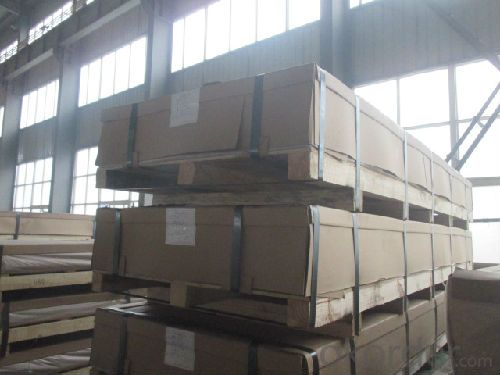
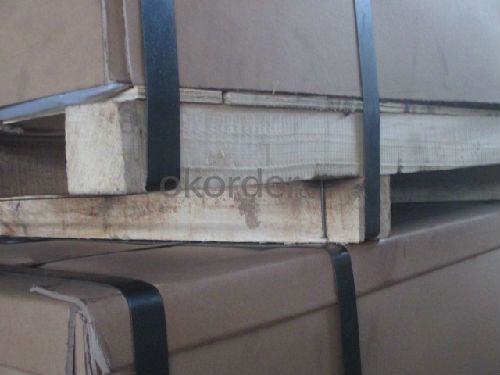
WIDTH*LENGTH: 1219MM*3000MM, 1500MM*6000MM,ETC.
THE THICKNESS IS NORMAL1MM TO 3MM, THEY ARE THE COLD ROLLED SHEET.
5、FAQ of 304/2B STAINLESS STEEL SHEET.
a.What is monthly capacity
---CNBM is one stated own company and our monthly capacity is about 2000tons.
b. Now which countrs do you export your goods?
----Now we export to South East Asia,Africa, North America,South America ect.
- Q: The difference between 304J1 stainless steel plate and 304 stainless steel plate
- 1. characteristics and uses: steel grades, characteristics, uses304, excellent formability, deep drawing applications - tableware, vacuum cups, sinks, pots and other deep drawing purposes
- Q: How are stainless steel sheets installed?
- Stainless steel sheets are typically installed by first preparing the surface for installation, ensuring it is clean and free from any debris or contaminants. The sheets are then carefully measured and cut to fit the desired area. Once the sheets are ready, they are usually secured to the surface using various methods such as screws, adhesive, or welding, depending on the specific installation requirements. Proper alignment and a secure attachment are crucial for a successful installation of stainless steel sheets.
- Q: Can stainless steel sheets be recycled?
- Yes, stainless steel sheets can be recycled. Stainless steel is a highly recyclable material, and its recycling rate is one of the highest among all materials. When stainless steel sheets reach the end of their useful life, they can be collected and sent to a recycling facility. The recycling process involves melting down the stainless steel sheets and reforming them into new products, without losing their properties or quality. This makes stainless steel a sustainable and environmentally friendly material choice. Recycling stainless steel also helps to conserve natural resources, reduce energy consumption, and minimize waste.
- Q: What's the difference between 304 stainless steel and 301 stainless steel?
- 301 GB code 1Cr17Ni7; 304 GB mark 0Cr18Ni9
- Q: Can stainless steel sheets be used for outdoor railings?
- Yes, stainless steel sheets can be used for outdoor railings. Stainless steel is highly resistant to corrosion, making it an ideal material for outdoor applications. It can withstand exposure to various weather conditions, including rain, humidity, and sunlight, without rusting or deteriorating. Additionally, stainless steel's strength and durability ensure that it can withstand the pressure and weight typically exerted on railings, making it a reliable choice for outdoor installations.
- Q: Are stainless steel sheets resistant to UV radiation?
- Generally, stainless steel sheets have resistance to UV radiation. The composition of stainless steel consists mainly of iron, chromium, and other alloying elements, which contribute to its exceptional resistance to various types of corrosion, including UV radiation. The presence of chromium in stainless steel leads to the formation of a protective oxide layer on the surface, acting as a shield against UV rays and preventing oxidation or deterioration of the metal. Nevertheless, it is worth noting that continuous exposure to intense UV radiation can still result in some discoloration or fading of the stainless steel surface over time. To preserve the appearance and durability of stainless steel sheets used outdoors, it is advisable to regularly clean and apply appropriate treatments to protect the surface and ensure long-lasting performance.
- Q: Are stainless steel sheets suitable for electrical applications?
- Stainless steel sheets, indeed, prove to be a fitting choice for electrical applications. Their exceptional electrical conductivity and resistance to corrosion have made them highly favored for electrical components and equipment. They find extensive use in the fabrication of electrical enclosures, connectors, and terminals. Moreover, stainless steel sheets possess remarkable durability and longevity in electrical applications due to their ability to endure high temperatures and exhibit commendable mechanical properties.
- Q: What are the different types of etched patterns available for stainless steel sheets?
- Stainless steel sheets come in a range of etched patterns, each with its own distinctive and visually appealing design. Some popular options include: 1. The Diamond Pattern: This classic and elegant design features small diamond-shaped indentations etched onto the stainless steel surface. It is commonly used in architectural applications. 2. The Checkerboard Pattern: Resembling a checkered board, this pattern adds a modern and geometric touch to stainless steel sheets. It is often utilized in interior design and decorative settings. 3. The Floral Pattern: Incorporating floral designs etched onto the stainless steel sheet, this pattern brings an element of elegance and sophistication. It is commonly seen in luxury home decor and jewelry. 4. The Geometric Pattern: Offering a contemporary and artistic look, this pattern includes various geometric shapes etched onto the stainless steel sheet. It is suitable for both modern and traditional settings. 5. The Wave Pattern: By etching wavy lines onto the stainless steel sheet, this pattern creates a sense of movement and fluidity. It is frequently employed in architectural projects for a dynamic and visually interesting effect. 6. The Textured Pattern: With various textures like brushed, hammered, or linen finishes etched onto the stainless steel sheet, this pattern adds depth and dimension to the metal. It is ideal for interior design and decorative purposes. 7. Custom Patterns: In addition to the standard options, it is also possible to create custom patterns based on specific designs or logos. This allows for personalized and unique stainless steel sheets, often used in branding or specialty projects. Overall, the wide range of etched patterns available for stainless steel sheets provides endless possibilities for design and application. Whether for architectural, decorative, or industrial purposes, there is a pattern to suit every need and aesthetic preference.
- Q: Can stainless steel sheets be used for outdoor signage?
- Yes, stainless steel sheets can be used for outdoor signage. Stainless steel is a durable and corrosion-resistant material that can withstand harsh weather conditions and maintain its appearance over time. It is commonly used in outdoor signage due to its ability to resist rust, fading, and damage from exposure to sunlight, rain, snow, and other environmental elements. Additionally, stainless steel sheets can be customized with various finishes, such as brushed or polished, to enhance their visual appeal and make them suitable for any outdoor signage application.
- Q: What are the different types of perforated finishes available for stainless steel sheets?
- Stainless steel sheets offer a range of perforated finishes, each with its own distinct appearance and functionality. The most widely used finish is the round hole, which features evenly spaced circular perforations, providing a sleek, contemporary look. For a more simplistic yet noticeable finish, the square hole is a popular choice. Like the round hole, it has evenly spaced perforations, but in a square shape. Another option is the slotted hole finish, which offers elongated holes that can be either straight or staggered. This finish is often chosen for its decorative appeal and ability to enhance ventilation. For a visually captivating pattern, the hexagonal hole finish is an excellent choice. With its six-sided holes, it creates a modern and eye-catching design, making it ideal for architectural applications. In addition to the standard hole shapes, stainless steel sheets can also be perforated with decorative patterns. These patterns can range from floral designs to abstract shapes, allowing for a personalized and unique finish. When selecting a perforated finish for stainless steel sheets, it is crucial to consider factors such as the desired appearance, functional requirements, and the specific application. By taking these factors into account, one can choose the perfect perforated finish to meet their needs.
Send your message to us
Aluminum Sheet With Beat Price Stocks Warehouse
- Loading Port:
- Shanghai
- Payment Terms:
- TT or LC
- Min Order Qty:
- 8 kg
- Supply Capability:
- 2000 kg/month
OKorder Service Pledge
OKorder Financial Service
Similar products
Hot products
Hot Searches
Related keywords
